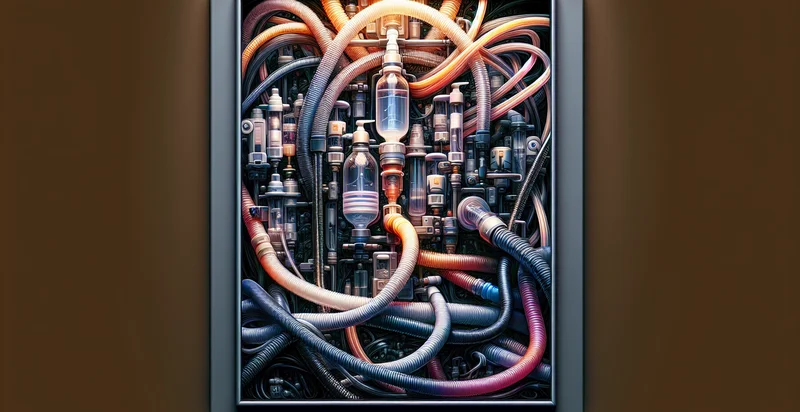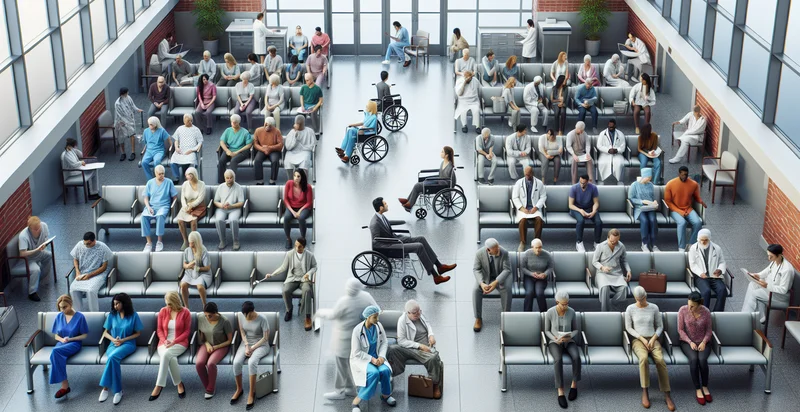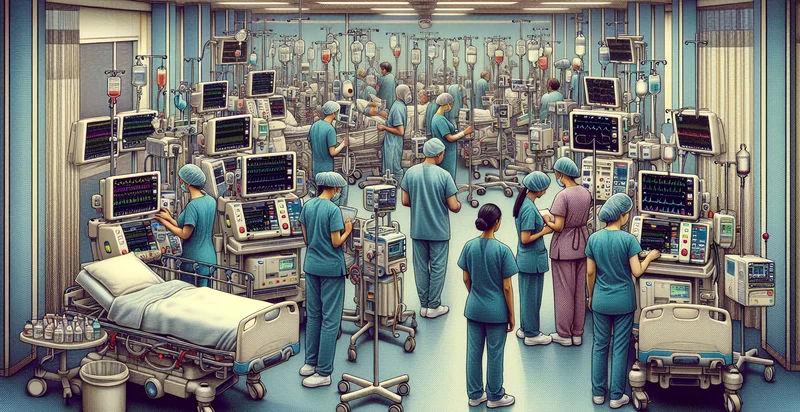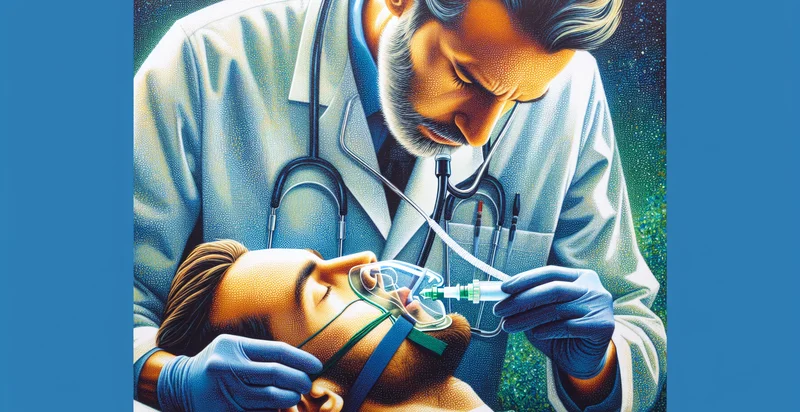Identify if breathing tub is in
using AI
Below is a free classifier to identify if breathing tub is in. Just upload your image, and our AI will predict if it contains a breathing tube - in just seconds.

Contact us for API access
Or, use Nyckel to build highly-accurate custom classifiers in just minutes. No PhD required.
Get started
import nyckel
credentials = nyckel.Credentials("YOUR_CLIENT_ID", "YOUR_CLIENT_SECRET")
nyckel.invoke("if-breathing-tub-is-in", "your_image_url", credentials)
fetch('https://www.nyckel.com/v1/functions/if-breathing-tub-is-in/invoke', {
method: 'POST',
headers: {
'Authorization': 'Bearer ' + 'YOUR_BEARER_TOKEN',
'Content-Type': 'application/json',
},
body: JSON.stringify(
{"data": "your_image_url"}
)
})
.then(response => response.json())
.then(data => console.log(data));
curl -X POST \
-H "Content-Type: application/json" \
-H "Authorization: Bearer YOUR_BEARER_TOKEN" \
-d '{"data": "your_image_url"}' \
https://www.nyckel.com/v1/functions/if-breathing-tub-is-in/invoke
How this classifier works
To start, upload your image. Our AI tool will then predict if it contains a breathing tube.
This pretrained image model uses a Nyckel-created dataset and has 2 labels, including Breathing Tub Not Present and Breathing Tub Present.
We'll also show a confidence score (the higher the number, the more confident the AI model is around if it contains a breathing tube).
Whether you're just curious or building if breathing tub is in detection into your application, we hope our classifier proves helpful.
Related Classifiers
Need to identify if breathing tub is in at scale?
Get API or Zapier access to this classifier for free. It's perfect for:
- Healthcare Monitoring: This use case involves the identification of breathing tubes in medical settings to enhance patient monitoring systems. By accurately detecting the presence of breathing tubes, healthcare providers can ensure timely intervention in critical situations and improve patient safety.
- Automated Inventory Management: In hospitals or clinics, the true image classification function can help automate inventory management of respiratory devices. By recognizing breathing tubes in storage, the system can monitor stock levels, predict reordering needs, and streamline supply chain processes.
- Telemedicine Integration: For telemedicine applications, this function can assist clinicians in remotely assessing whether patients have appropriate breathing apparatus. By identifying breathing tubes in images shared by patients, doctors can provide better guidance and reassurance, ensuring necessary equipment is available during consultations.
- Training and Simulation: In medical training simulations, the function can be used to verify that participants properly set up and utilize breathing tubes. By ensuring the correct equipment is featured in simulations, training can be more effective, enabling healthcare professionals to gain realistic, hands-on experience.
- Regulatory Compliance: Manufacturers can utilize this image classification functionality to ensure their products meet regulatory standards. By systematically identifying and confirming the use of approved breathing tubes in production images, companies can maintain compliance with health regulations and improve product quality.
- Research and Development: In the field of medical research, this function can aid in studies focused on respiratory care. By analyzing images from trials or studies for the presence of breathing tubes, researchers can ensure proper implementation of study protocols and gather accurate data for more effective conclusions.
- Emergency Response Preparation: Emergency medical services (EMS) can implement this technology to quickly assess the availability and presence of crucial respiratory equipment in crisis situations. By leveraging image classification in pre-deployment checks, EMS teams can ensure they are well-prepared to provide critical care in emergencies.


